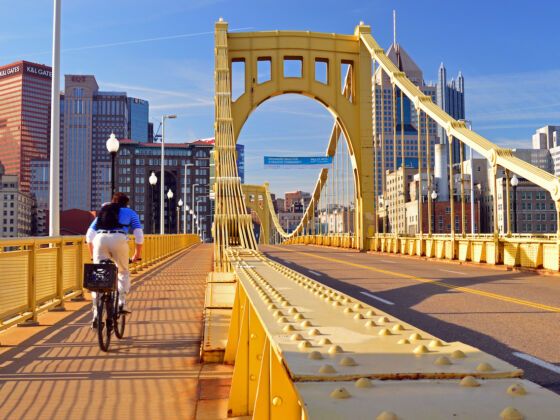1. Pittsburgh, PA
Pittsburgh was mentioned as one of the cities in the 100 Resilient Cities project, and in a recent Atlantic article on how America is pulling itself back together. Pittsburgh was once a giant in the steel industry but when that economic base collapsed the city’s population faced a rapid and tough decline in the 1970s and 1980s. Pittsburgh’s economy was in shambles and half of its people moved away.
